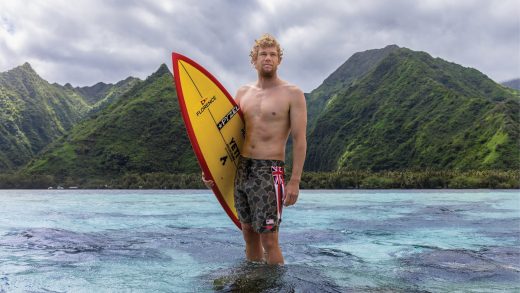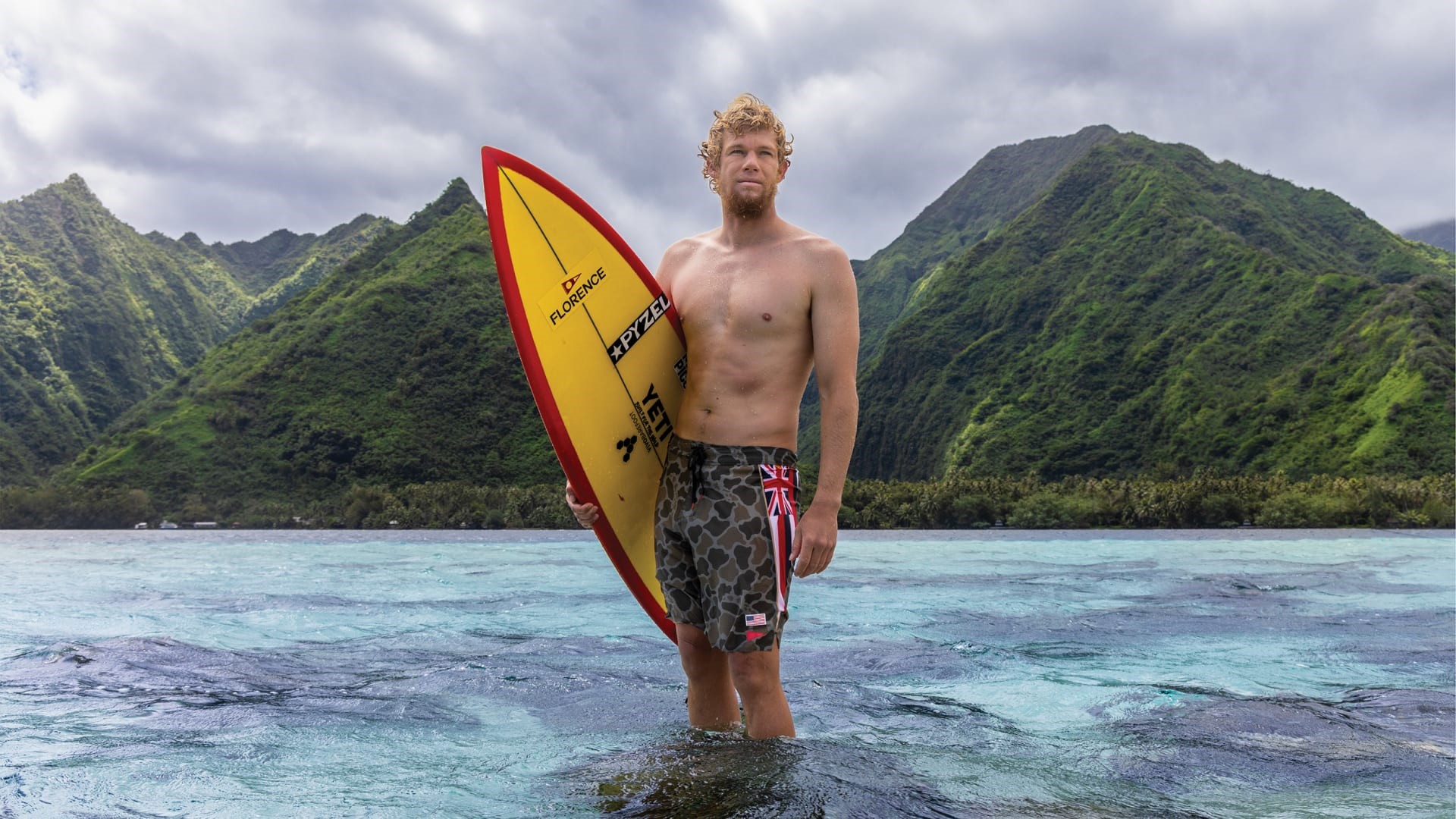John Florence’s brand is riding the Olympic surfing wave
John Florence’s brand is riding the Olympic surfing wave
Surfing is more popular than ever. Can Florence’s namesake brand succeed where other surf brands have failed?
BY Jeff Beer
When John Florence paddles out for the surfing competition of the Olympic Games Paris, which starts this weekend, he’ll be more than 9,000 miles away from the host city. That’s because the surfing venue is at Teahupo’o, Tahiti, in French Polynesia, one of the world’s most famous—and remote—surf breaks in the southern Pacific Ocean.
While Florence was eliminated in the third round at the Tokyo Games, this year he heads into the 2024 Games leading the World Surf League rankings by a mile. He also holds legend status at iconic waves in his hometown’s Pipeline on Hawaii’s famed North Shore, and here at Teahupo’o. That makes him a favorite among a stacked lineup that includes American Griffin Colapinto, Brazil’s Filipe Toledo, Australian Jack Robinson, and South Africa’s Jordy Smith.
The combination of talent, competition, the waves, and scenery of Teahupo’o makes surfing one of the most anticipated summer Olympic events. And while Florence is primarily there as a competitor, he’s also there as an entrepreneur. His brand, Florence (formerly Florence Marine X), launched in 2021, and since then has become one of a handful of upstarts redefining what a surf brand is and can be. The Paris Games present a unique opportunity for both the sport and the brand.
To find out a bit more about those opportunities, I called up Florence president, Pat O’Connell, and caught him driving along Oahu’s North Shore where he was prepping for the Molokai 2 Oahu paddle race. He says one of the most exciting aspects of Olympic surfing is how many of the competing surfers aren’t well-known in the surf industry.
“If you follow professional surfing, it’s dominated by Brazil, Hawaii, America, and Australia, and sometimes a few Europeans,” says O’Connell, himself a former pro surfer and member of the famed Momentum Generation. “So, what’s so exciting about the International Surfing Association is how they’ve built a global footprint. So we’re now going to see surfers from China, Japanese surfers, surfers from El Salvador, Canada—all over. The idea of the sport expanding beyond those traditional geographies is really good for the actual long-term growth of the sport and industry.”
Surf industry’s rough ride
Last fall, once mighty surf brands Quiksilver, Billabong, Volcom, Roxy, and RVCA were all gobbled up by Authentic Brands Group in a bargain-basement deal, representing a significant contraction of a once-booming industry. The result was an epic cull of pro surfers from paid sponsorship rosters, in what surf mag Stab called “the most difficult sponsorship climate in modern surfing history.” That business reality is happening in direct contrast to record growth in participation and popularity of surfing. A recent study found that the number of surfers in the U.S. has increased by 35% in the past decade.
O’Connell says that the troubles and lack of growth by traditional surf brands was partly due to an overreliance on their heydays in decades past. “There’s been a lack of innovation in the traditional surf industry,” he says. “They’re not built around innovation being a priority. It’s more built on the back of work that’s been done in the past. And that’s not knocking them, that’s just their business. But for us, our approach is the exact opposite.”
The company reports triple-digit growth year-over-year. Florence is deeply involved in product development at the company, and O’Connell says that keeps them honest. “His first question to us whenever we present him with ideas is, why do I actually need this? What purpose does this serve?” says O’Connell. “It’s such a great question because it gets down to this idea of making fewer, better products. It goes in the face of what many brands are doing, but it’s working for us.”
Olympic momentum
Florence is not an official Olympics sponsor so is restricted in how much it can hype his participation. The company produced a limited edition boardshort, which Florence will be wearing (already sold out on its site). Ahead of the marketing black-out period around IOC’s Rule 40, the brand dropped a short video tribute to its namesake, featuring North Shore locals from his hometown, including popular surfers and vloggers like Florence’s brother Nathan, Jamie O’Brien, and Koa Rothman.
“Obviously, if John does well it’s a huge boost to our brand, but for us, it’s just about rallying around him,” says O’Connell. “I look at the Olympics as the athletes’ moment, not the brands. If John were to win, we get a bunch [of attention] downstream because he’s on TV, he’s doing interviews, and more people are finding out about him. But there’s only so much you can do with the brand.”
Of course, there’s the inadvertent advantage of having a brand founded by and named for one of the best surfers on the planet.
“We laugh about that—just his name on the back of the jersey is like he’s wearing a branded outfit everyday.”
ABOUT THE AUTHOR
(25)



